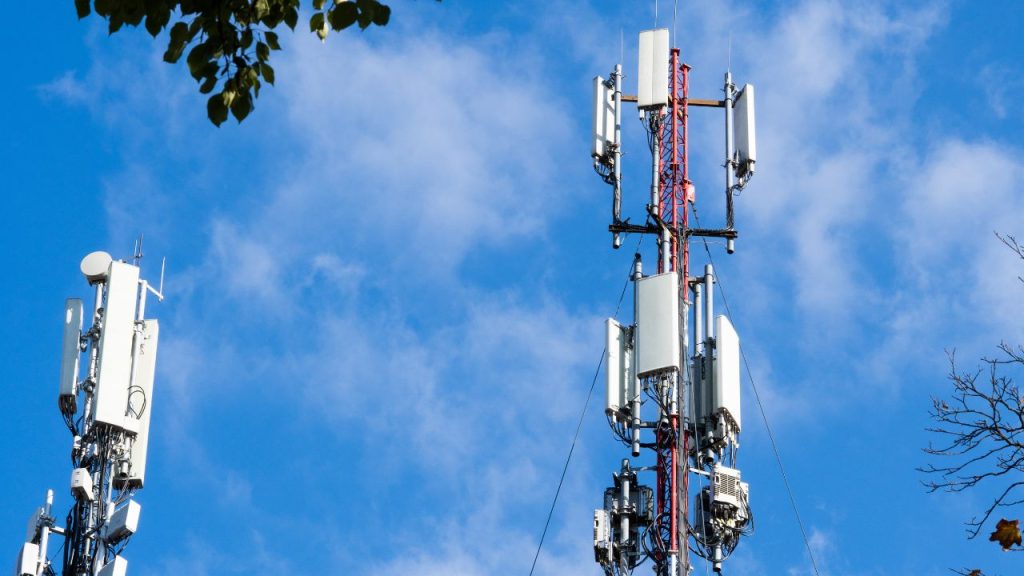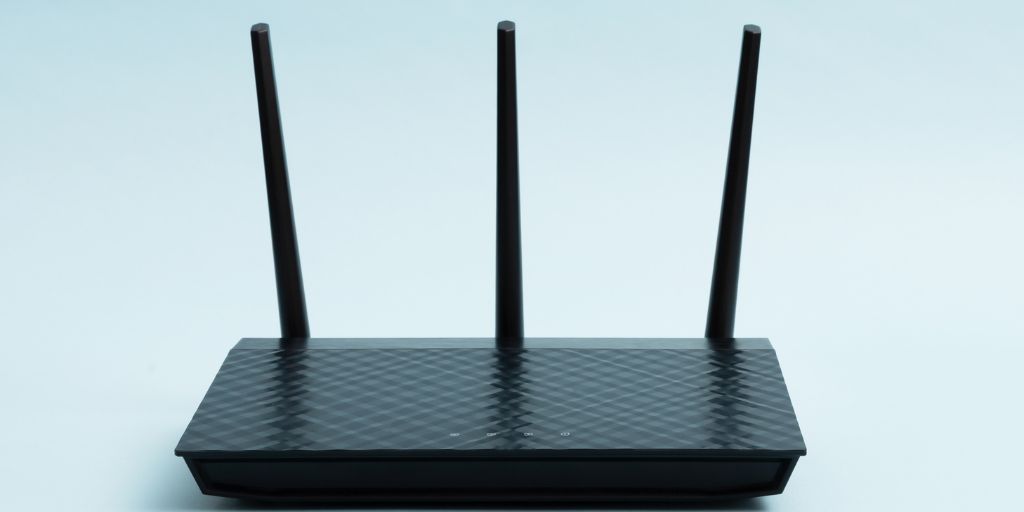Wired and wireless networks play an essential role in our daily lives and have a significant impact on the business and industrial sectors, as they are used to carry out many of the key business processes more quickly and efficiently, such as access to information and management applications, communications, security and surveillance systems, etc. The advantages of wireless networks make them a great option in many environments, especially when providing access in areas where it is difficult to install a wired infrastructure or when many mobile devices such as smartphones, tablets, IoT devices, and the like are used.
Types of wireless networks
Wireless networks allow remote access without the need for wired connections, and different types can be distinguished based on their range:
- Wireless Personal Area Network (WPAN)
- Wireless Local Area Network (WLAN)
- Wireless Metropolitan Area Network (WMAN)
- Wireless Wide Area Network (WWAN)
If we consider their frequency range, we have:
- Satellite microwaves
- Terrestrial microwaves
- Infrared
- Radio waves

Advantages and disadvantages of wireless networks
Wireless networks provide many advantages for an industry or business, though they also have some weak points that are good to know to use them safely and efficiently.
Benefits of wireless networks
Among the advantages of wireless technologies, we can highlight:
- High accessibility for workers and users, allowing them greater mobility by not being “anchored” to a fixed connection point.
- Flexibility when installing, both in the home and in complex industrial and business environments (large warehouses, offices, commercial premises…).
- Cost reduction for businesses as there is no need to spend on infrastructure installation (no need for construction or wiring work). Additionally, wireless technology is cost-effective, so it does not require a large financial investment.
- Maximize connection reach by reaching any point or area, even in the most complex or demanding situations.
- Scalability that allows the addition of new devices without the need to install new wiring.
Drawbacks of using wireless networks
Among the disadvantages of wireless networks, we can mention:
- Potential security risks.
- Lower connection speed and higher latency compared to wired networks.
- Sensitivity to interference caused by electromagnetic signals.
Applications of wireless networks
There are many applications of wireless networks today, some of the most popular being:
Security and surveillance systems
When installing security systems, wireless networks offer many more options for installing surveillance cameras in any location, as well as making it easier to remotely access images and videos, sensor information, equipment configuration, etc.
Without a doubt, wireless technology is significantly increasing protection and security levels, helping to implement advanced security systems with many more features and capabilities.
Telecommunications
In the telecommunications and mobile phone industry, wireless networks have a significant impact. A great example can be seen in the current 4G and 5G networks that allow these devices to access high-speed internet almost anywhere.

Businesses and industries
In the business and industrial sectors, wireless networks play a crucial role today, helping to create more efficient and accessible environments for performing many daily activities.
For example, businesses use wireless networks to make it easier for their workers to access mobile devices such as tablets and laptops, allowing them great mobility and flexibility (e.g., using tablets to sign consent forms in a dental clinic).
In industrial environments, wireless networks are key to enabling many IoT devices (Internet of Things) to interconnect and share important and valuable information.
Other applications
We can also highlight the application of wireless networks in:
- Education for setting up digital classrooms with devices like digital whiteboards or access to educational materials.
- Public spaces to provide internet access and valuable information to citizens.
- Healthcare to use devices that help improve the quality of life of patients, their monitoring, and make better diagnoses.
- Logistics and transportation to track vehicles in real time.
Recommendations for using wireless networks
Here are some useful tips to get the most out of wireless networks.
- Combine wireless and wired networks integrally to meet all business needs.
- Implement security and network access control systems (firewall, MAC address access control…).
- Enhance security systems by implementing wireless networks and hiring an alarm verification service specialized in perimeter protection systems.
- Create restrictive security policies to maximize the security of wireless networks (e.g., enforcing the use of strong passwords).
- Keep all devices and equipment connected to the network updated (latest software and firmware versions to eliminate vulnerabilities).
- Rely on companies specialized in security installations for businesses, like Microsegur, to access the best technology and avoid common mistakes in such systems.
- Use network monitoring tools to know who is connected at all times and detect possible suspicious access.
We have shown you the advantages of wireless networks and their great utility in implementing more efficient and sophisticated security and surveillance systems. Contact Microsegur to receive personalized attention tailored to the real needs of your business, and build the best security solution to significantly increase your protection.



